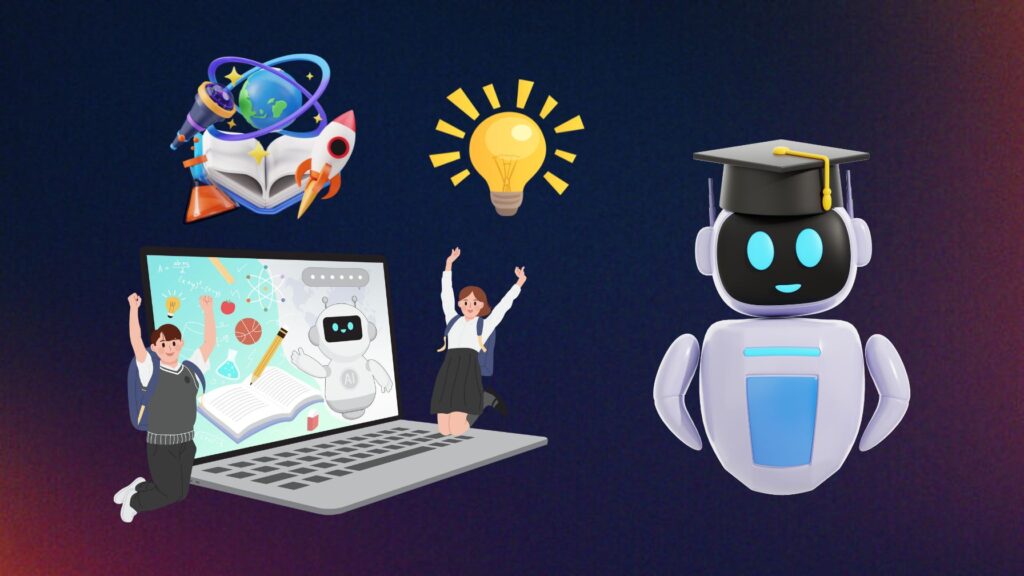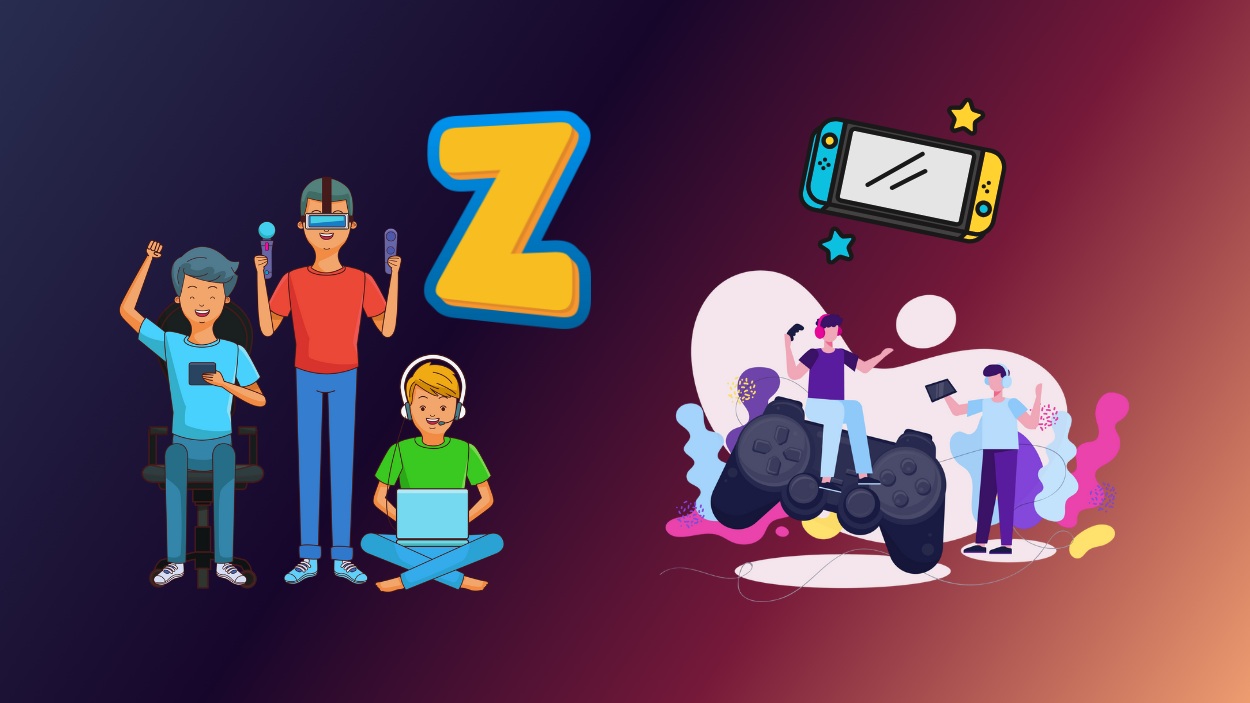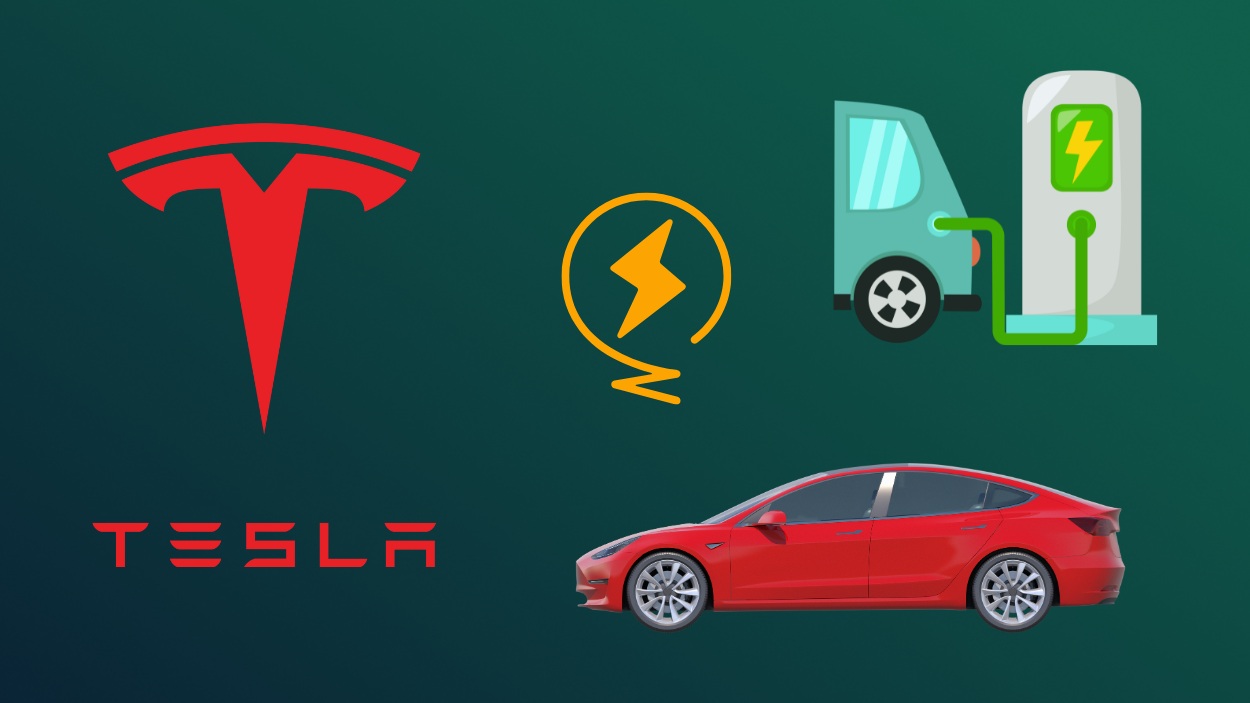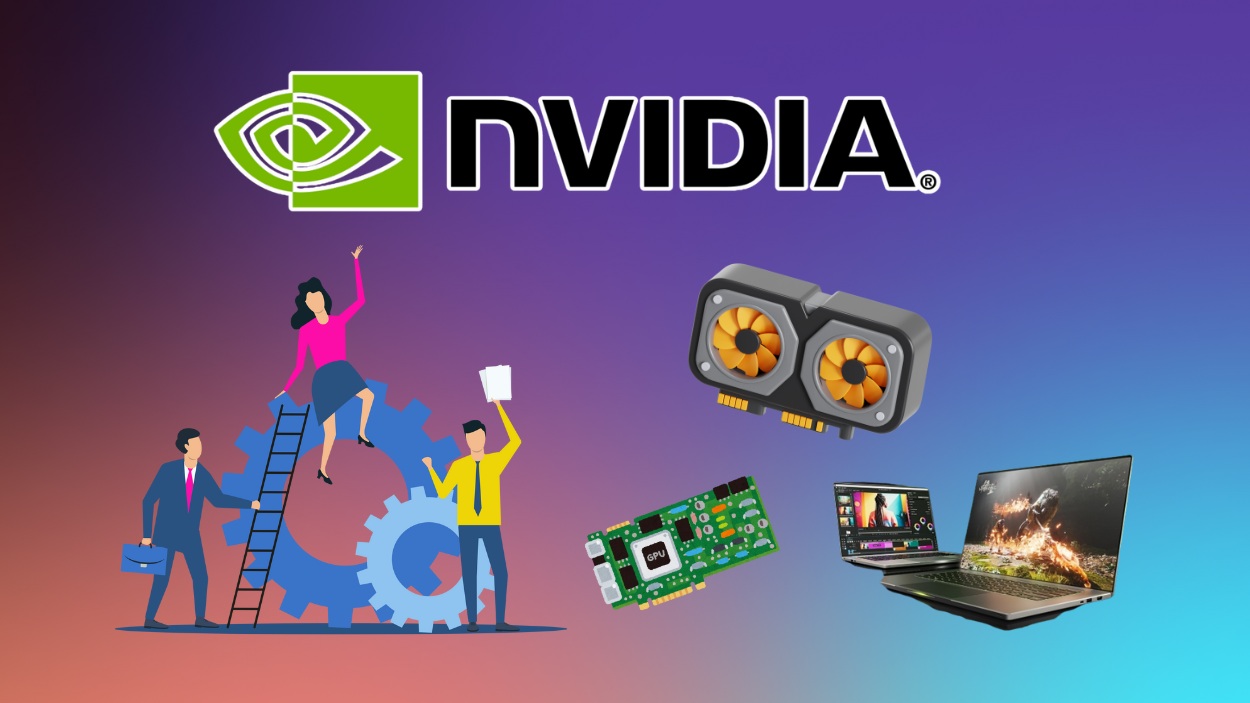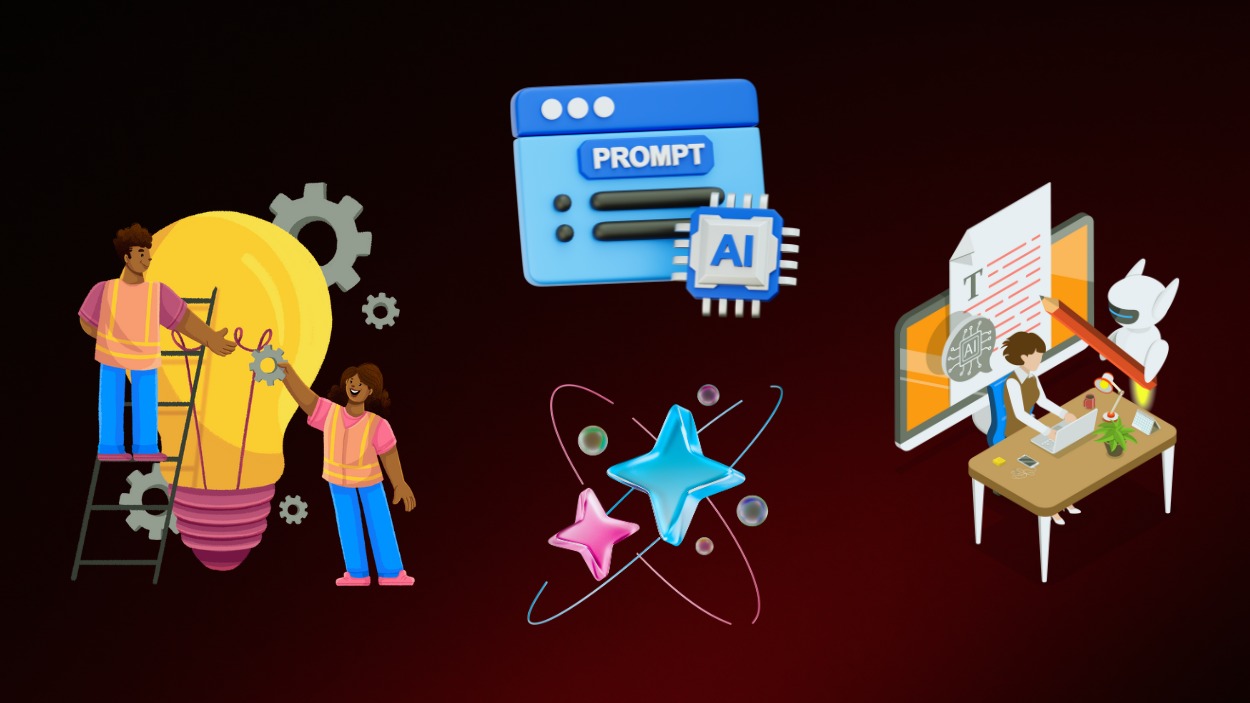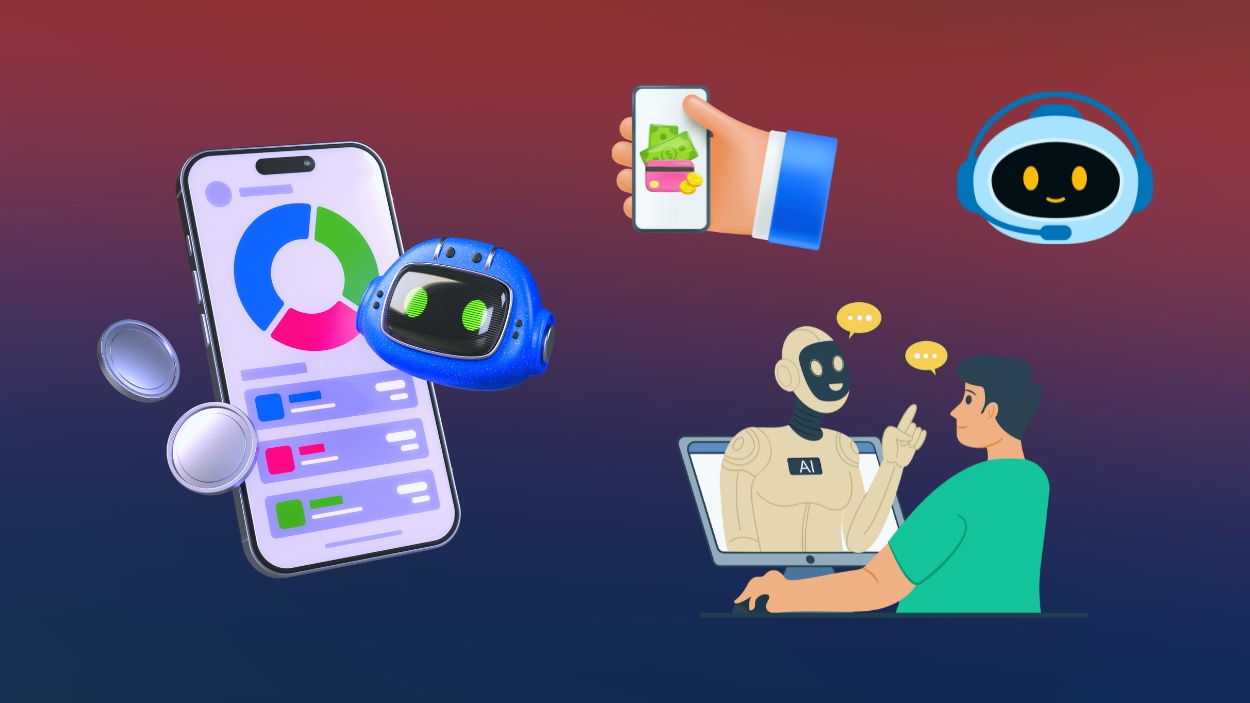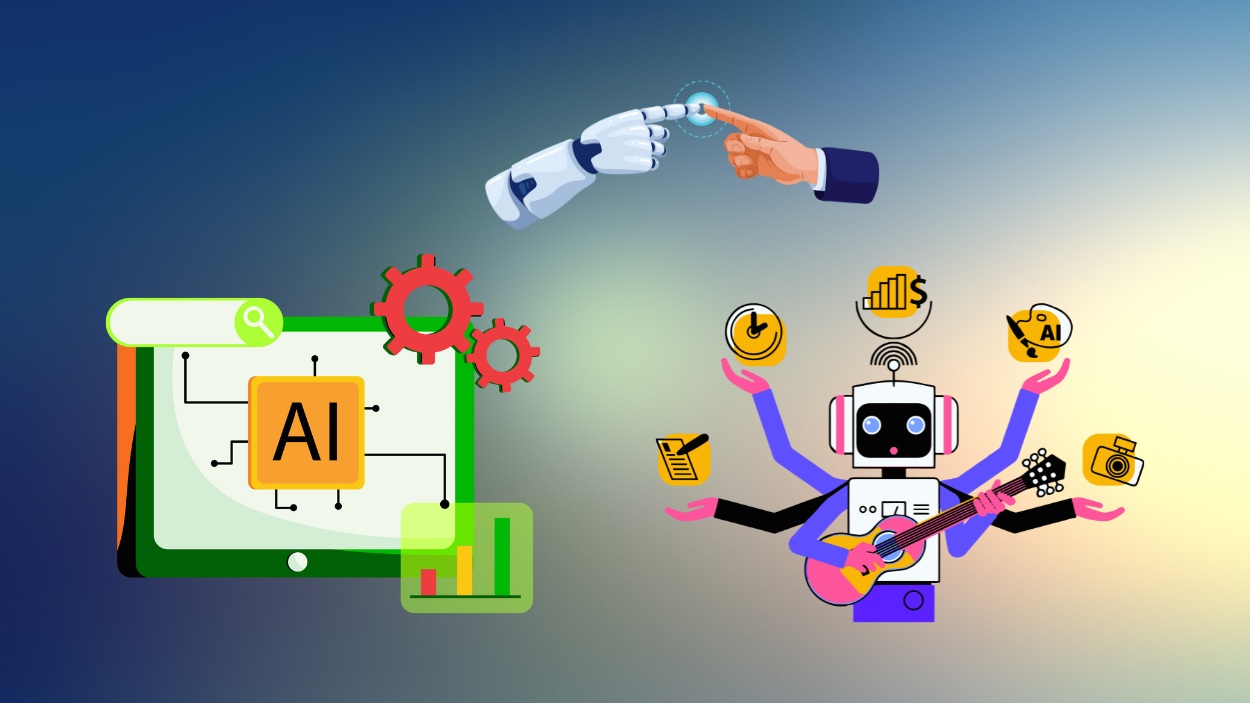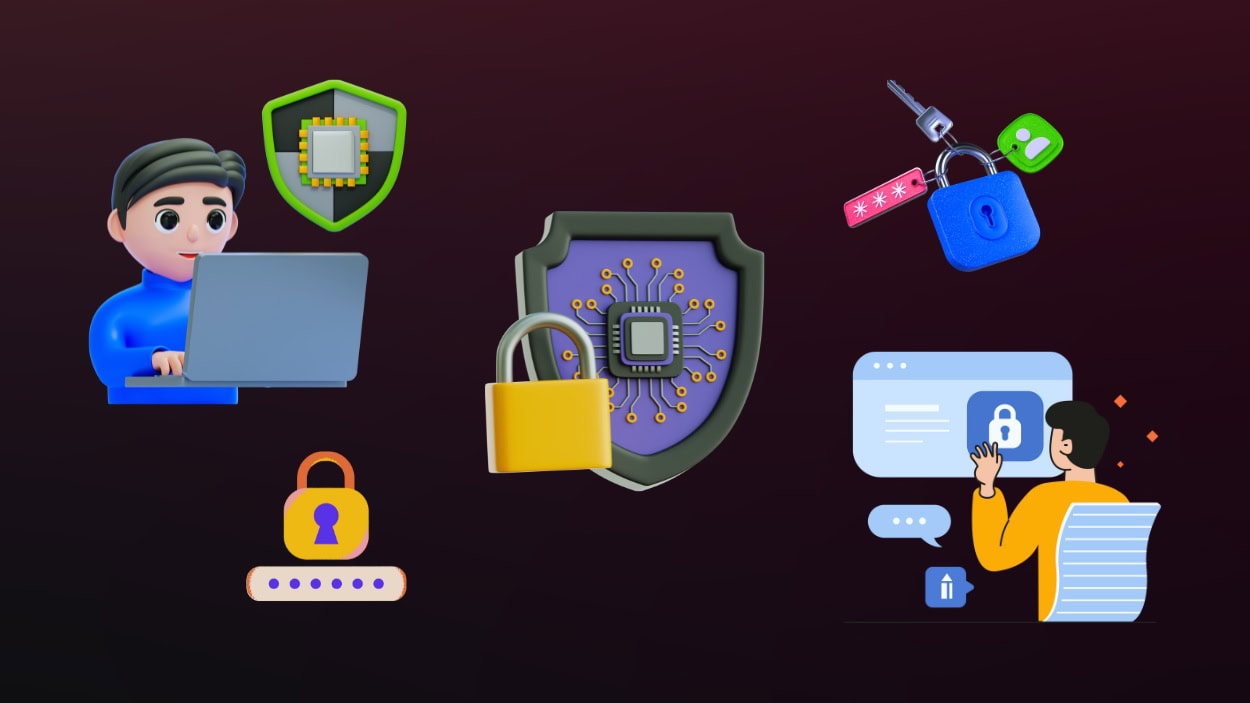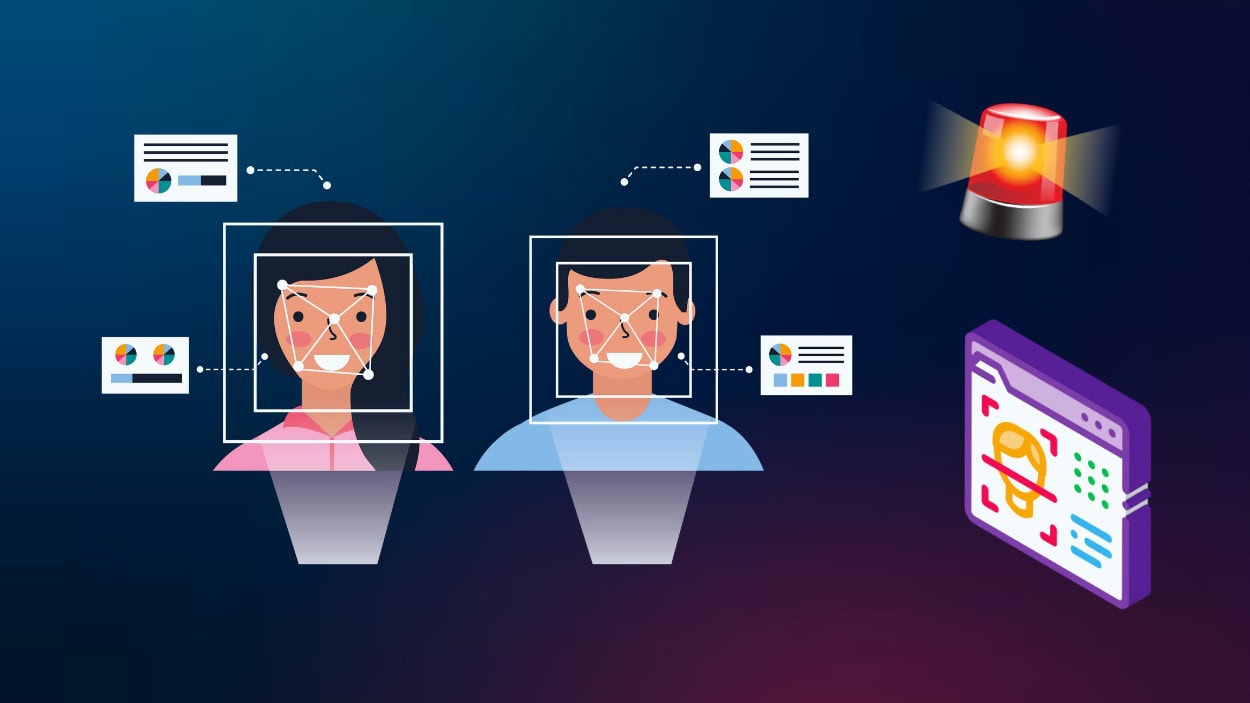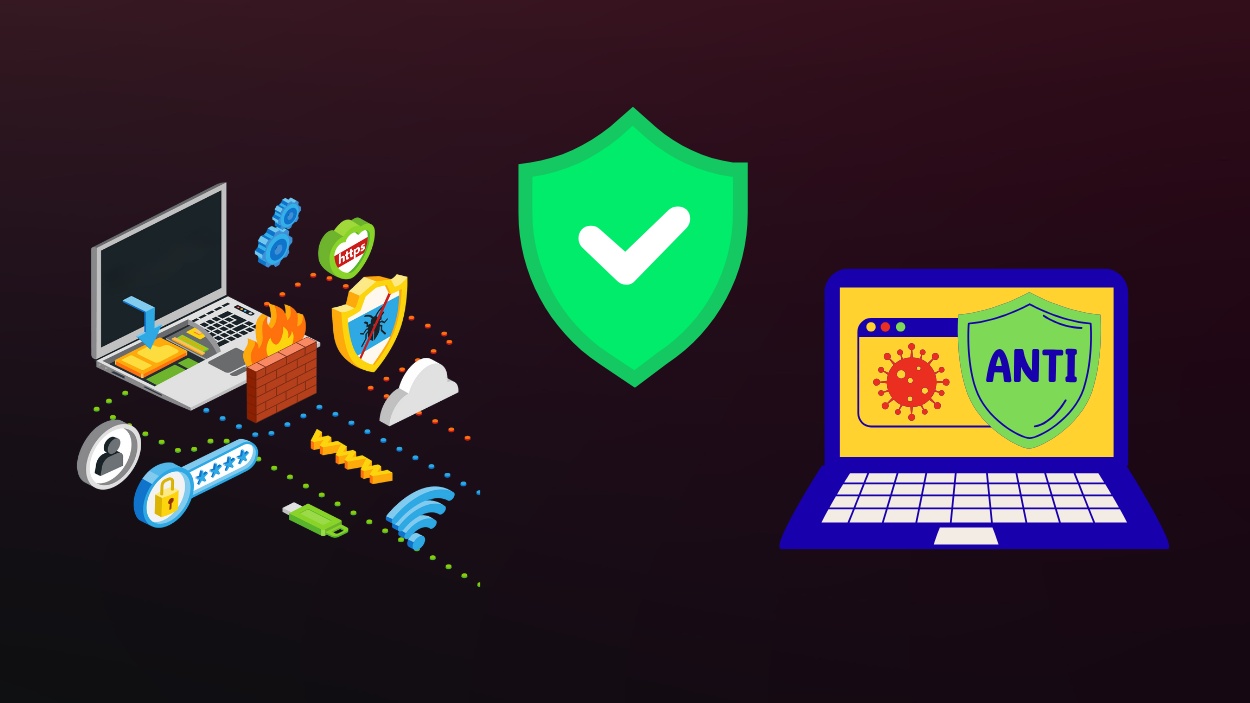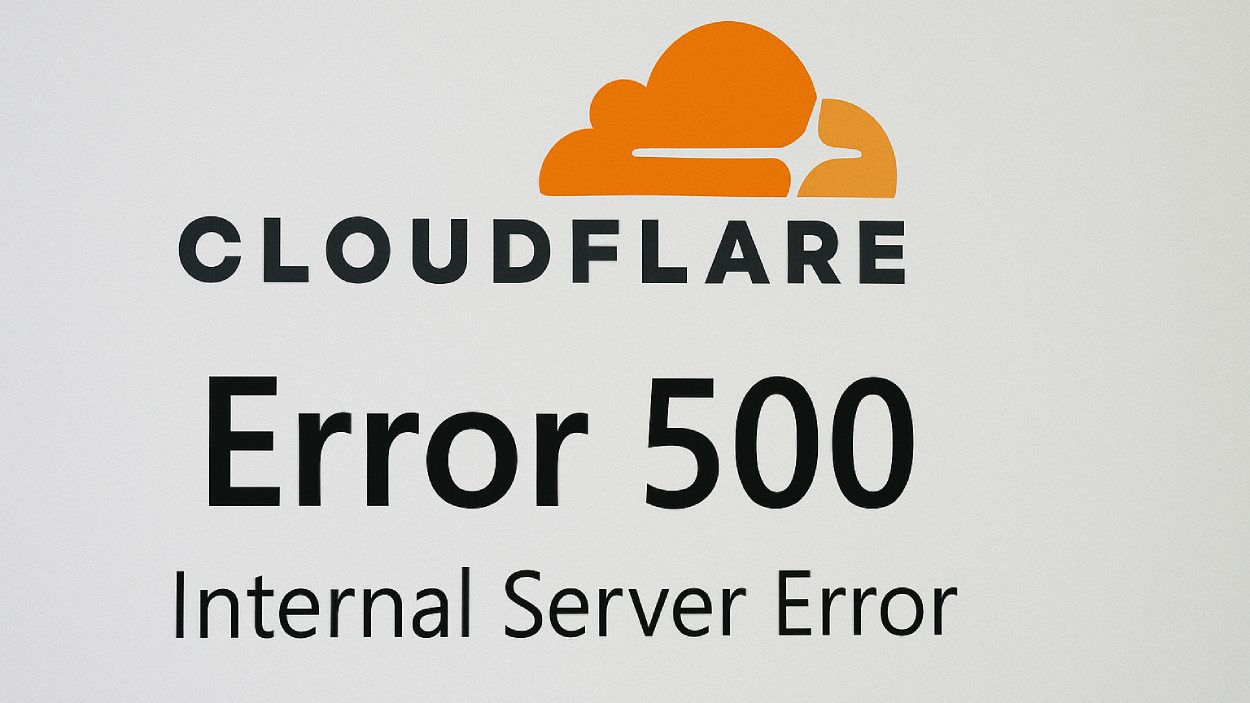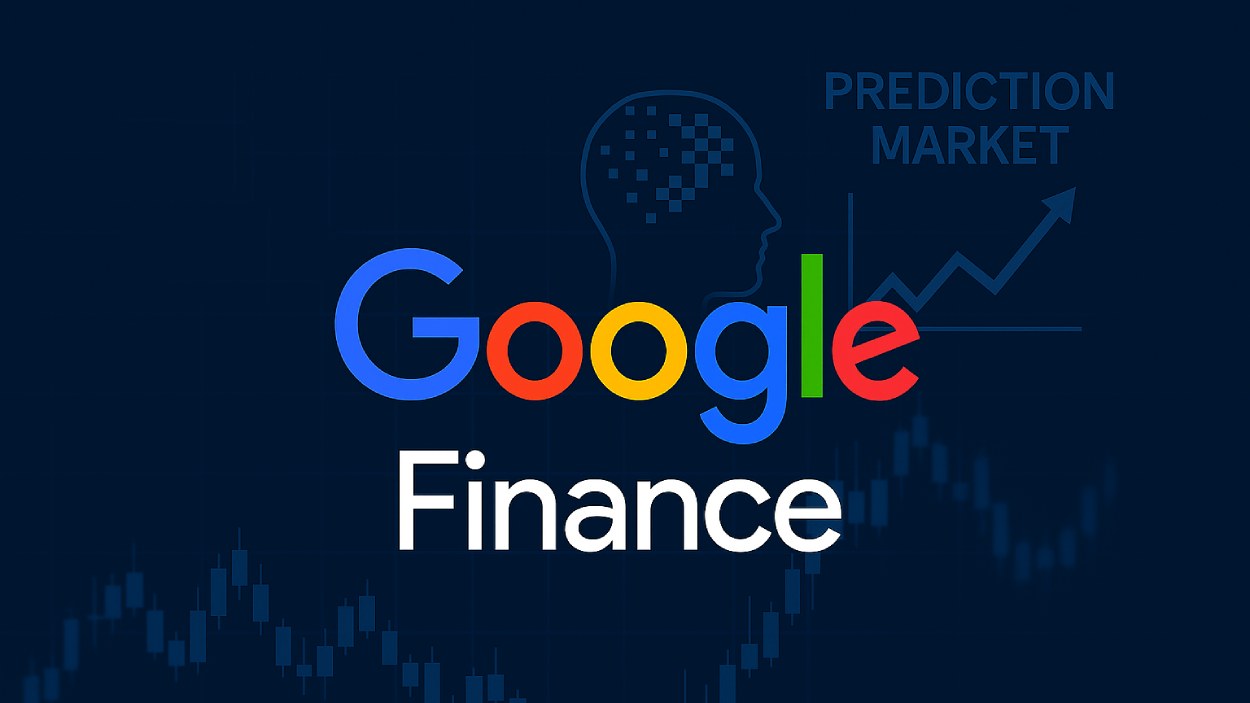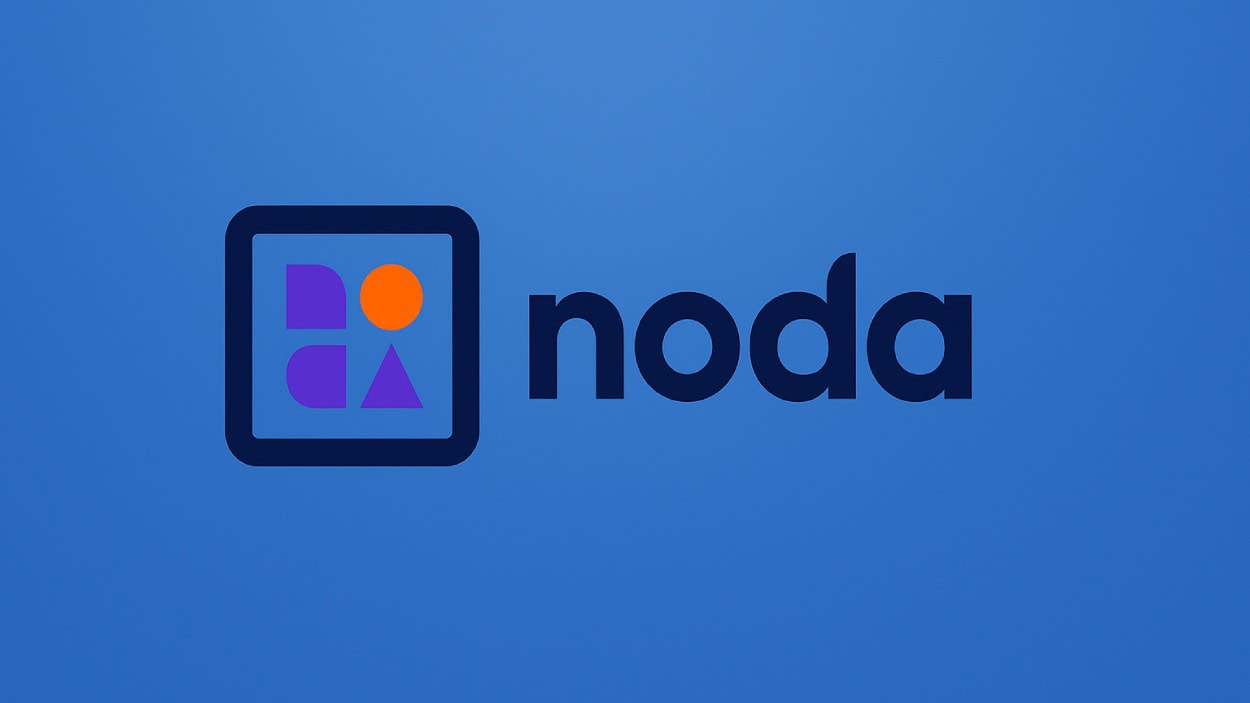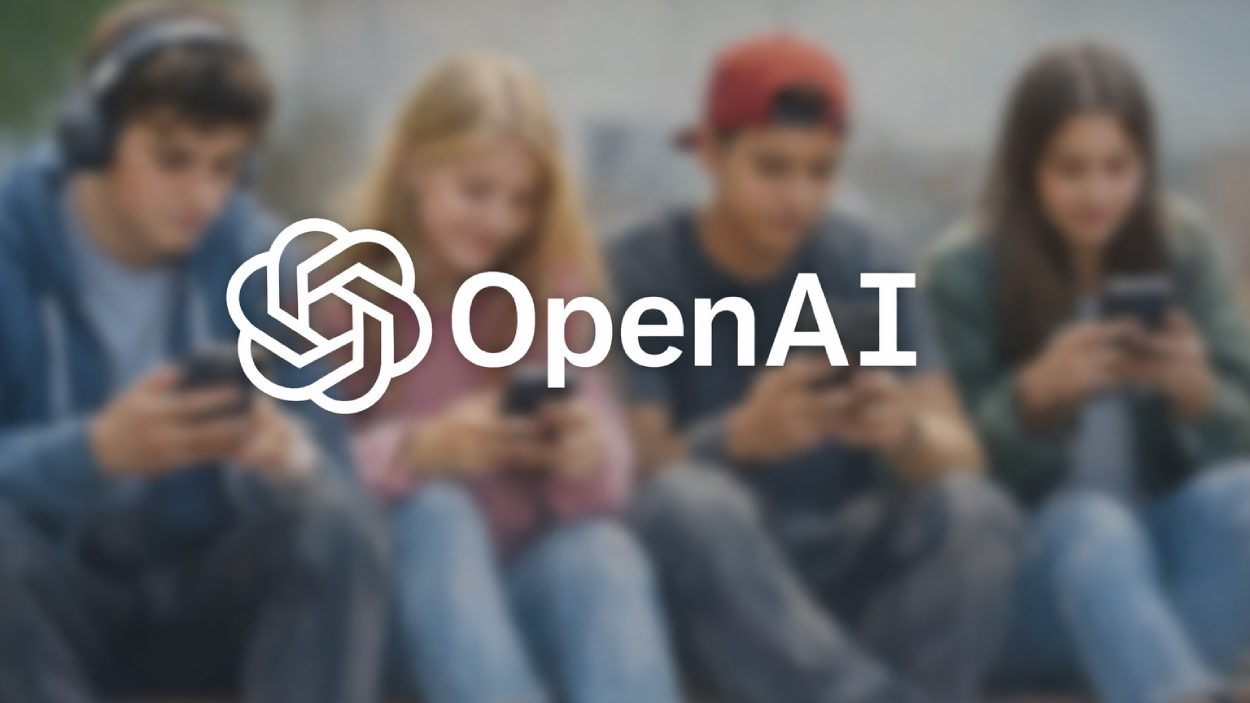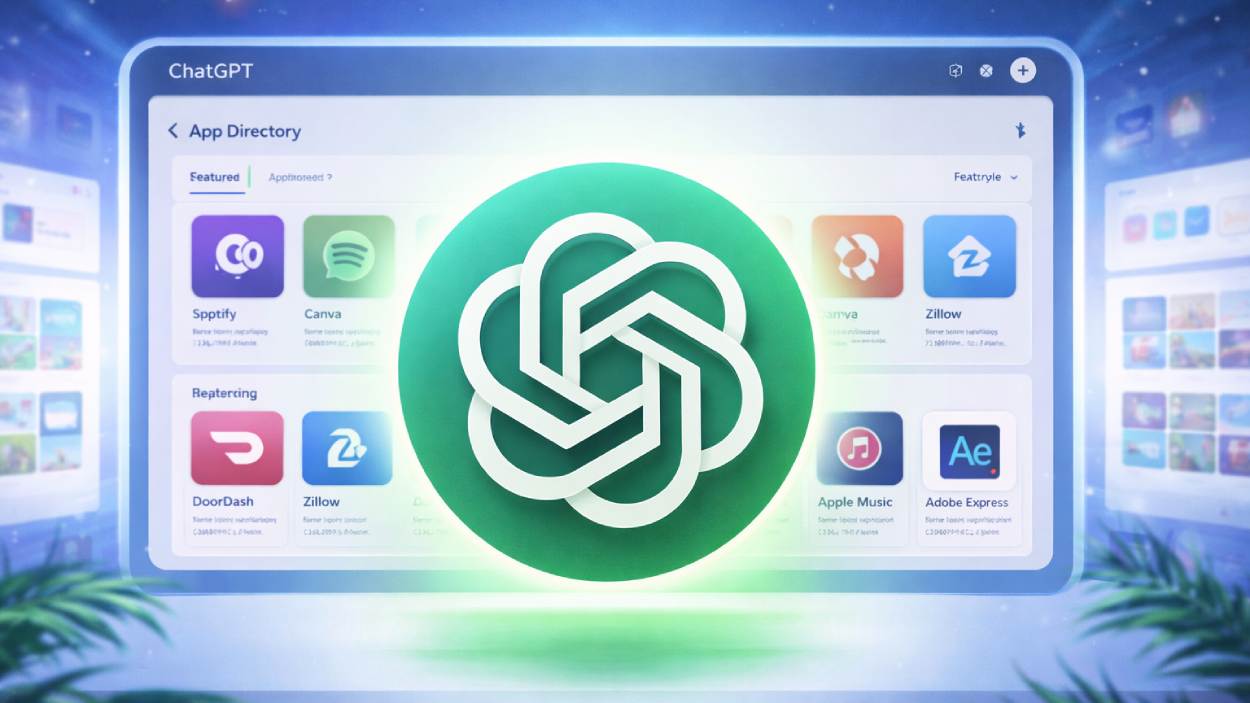In a fifth-grade classroom in Phoenix, a student with dyslexia is reading aloud confidently. Her voice carries, not just because of practice, but because an AI tool helped tailor phonics exercises to her unique pace. Across the globe, a college freshman in Seoul aces a calculus test after spending a week with an AI-powered tutor that predicted his problem areas days in advance.
These stories are no longer outliers. As we move into 2025, artificial intelligence in education is redefining how we teach, learn, and evaluate. This article explores the data shaping this transformation.
Editor’s Choice
- 87% of schools globally will now have integrated AI tools into at least one area of instruction or operations by 2025.
- The AI in education market is projected to reach $32.7 billion by the end of 2025.
- 63% of U.S. educators report using AI-driven platforms weekly.
- In 2025, AI-powered grading systems are estimated to save teachers 13.2 hours per week on average.
- 42% of K–12 students in the U.S. interact with AI-based learning tools daily in 2025.
- 70% of higher education institutions now offer courses created or curated with AI assistance.
- The use of generative AI in curriculum design has jumped to 59% of education technology vendors as of Q1 2025.
How Students Are Using Generative AI
- 39% of students use AI tools out of curiosity or just to try them out.
- 36% rely on AI to help with homework or schoolwork.
- 35% use AI to solve problems they encounter.
- 34% turn to AI to learn about something or find information.
- 25% engage with AI simply to play around or for fun.
- 24% admit they use AI to complete homework or schoolwork for them.
- 18% use AI to build or create something, such as projects or content.
- 15% are leveraging AI to learn a new skill.
- Only 3% of students selected “Other” as their method of use.
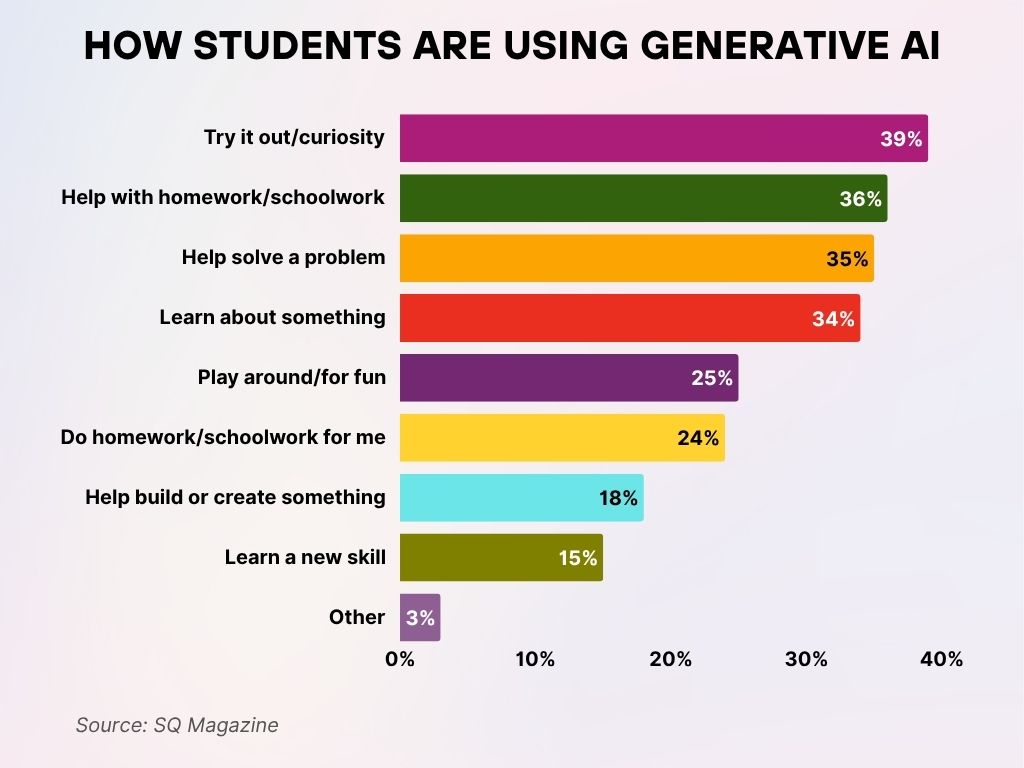
Global Adoption Rates of AI in Education
- 87% of educational institutions worldwide now implement AI-powered tools, reflecting mainstream adoption by 2025.
- In China, more than 95% of secondary schools report daily use of AI-assisted platforms in the classroom.
- In India, 68% of rural schools introduced AI tools for math and science education as of March 2025.
- Finland leads Europe with 91% of its public schools using AI to personalize learning.
- In the U.S., 82% of school districts have at least one ongoing AI initiative, including adaptive testing or virtual tutoring.
- Across Latin America, AI investment in education rose by 36% from 2024 to 2025, with Brazil accounting for 41% of regional spending.
- The United Arab Emirates reports that AI is embedded in national teacher training programs, reaching 100% of new teacher cohorts in 2025.
- As of 2025, 31% of refugee learning programs worldwide use AI translation tools to overcome language barriers.
- AI literacy became a required component of teacher certification exams in seven countries, including Japan, Germany, and Kenya.
Impact of AI on Student Performance
- A meta-analysis of 87 studies published in 2025 found that students using AI learning tools outperformed peers by an average of 12.4%.
- In schools using AI-driven math apps, test scores increased by 19% within just three semesters.
- Students with learning disabilities using AI speech assistants showed a 29% boost in reading fluency across the U.S. in 2025.
- In higher education, AI-enhanced tutoring led to a 25% drop in course failure rates.
- Low-income students using AI in blended learning showed a 17% increase in subject retention compared to control groups.
- On average, students engaged with AI tools spent 34% more time in active learning, based on log data from 210 institutions in 2025.
- AI-facilitated revision tools reduced exam preparation time by 22%, allowing better distribution of student workload.
- In South Korea, an experiment with AI-led peer feedback systems led to a 14% improvement in academic writing scores.
- A study from the Netherlands indicated that AI-powered analytics helped reduce absenteeism by 11% among at-risk students.
Advanced Technology Growth in Education
- AR/VR spending is projected to surge to $12.6B in 2025, the largest growth among all categories.
- AI investment is expected to grow from $0.8B to $6.1B, showing strong adoption in educational tools.
- Robotics will increase from $1.3B to $3.1B, more than doubling in value.
- Blockchain shows modest growth, from $0.1B in 2018 to $0.6B by 2025.
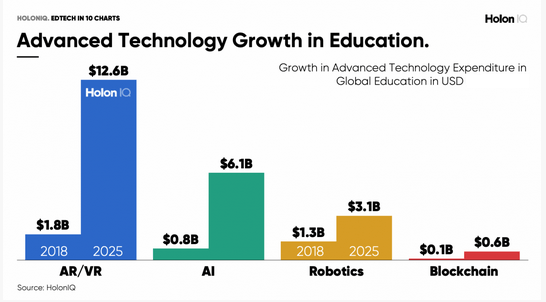
AI Usage in Personalized Learning Platforms
- In 2025, 61% of all EdTech platforms will offer AI-driven personalization.
- Khan Academy’s AI assistant sees daily engagement from 4.2 million unique users worldwide.
- Adaptive learning systems now account for 38% of total online instructional time across U.S. high schools.
- Students using personalized AI dashboards report a 23% increase in self-assessed confidence about subject mastery.
- Pearson’s MyLab platform, enhanced with AI in 2025, reduced course drop rates by 18% across its pilot institutions.
- The average lesson completion rate for students on AI-personalized apps reached 91%, compared to 72% on traditional platforms.
- In Spain, a government-funded AI platform helped 85% of users improve their final math grades.
- Voice-based AI tutoring grew 47% year-over-year, especially among elementary users aged 7–10.
- Platforms using AI to recommend learning paths showed 28% faster progression rates through standard curriculum benchmarks.
- Teachers using AI-personalized feedback tools reported a 34% decrease in the need for remedial instruction time.
AI Integration in K–12 vs. Higher Education
- As of 2025, K–12 schools account for 53% of all AI deployments in education globally, while higher education institutions represent 39%.
- In U.S. elementary schools, 71% have implemented AI-based learning aids.
- 90% of universities now use AI to automate administrative tasks like enrollment, scheduling, or plagiarism detection.
- 56% of middle schools in urban areas utilize AI tools for real-time formative assessment.
- AI teaching assistants are present in 48% of college-level online courses globally as of Q2 2025.
- A comparative study showed that student engagement rose by 18% in AI-enabled university lectures vs. traditional formats.
- K–12 educators report a 44% time savings in grading due to AI-based assessment tools.
- In rural education systems, AI adoption in higher education doubled from 19% in 2023 to 38% in 2025.
- 66% of primary schools now provide AI literacy modules as part of their standard curriculum.
- AI scheduling tools have reduced timetable conflicts in college departments by 31%, streamlining student planning.
Projected Growth of AI Spending in Education
- In 2025, AI spending in education is expected to reach $8 billion.
- By 2026, the market is projected to grow to $10 billion.
- In 2027, spending will rise further to $13 billion.
- 2028 will see an increase to $17 billion, indicating accelerating adoption.
- By 2029, AI investments in education are forecasted to hit $23 billion.
- In 2030, yearly AI spendings are expected to soar to $32 billion, showcasing a quadruple increase from 2025.
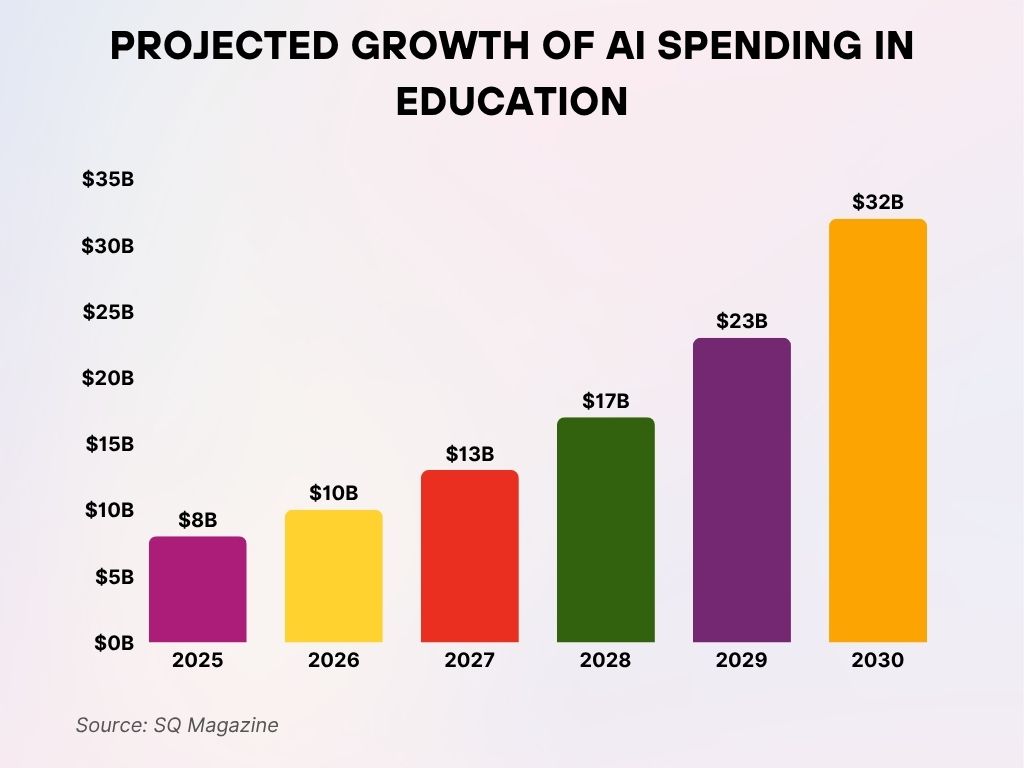
Investment and Funding Trends in EdTech AI
- The global EdTech AI investment reached $11.4 billion in 2025.
- U.S.-based AI education startups secured $4.7 billion in venture capital funding this year alone.
- Government-backed funding for AI in public education hit $2.1 billion across OECD countries in 2025.
- Private equity investment in AI-driven education platforms surged 41%, targeting scalability and custom content tools.
- China and India together contributed $3.2 billion toward AI EdTech development, focusing on scalability for large populations.
- AI-focused grants from global foundations like the Gates Foundation increased by 24%, with 60% targeting early education solutions.
- A new trend shows hybrid AI labs opening at universities, with 119 new AI-Ed partnerships formed globally in 2025.
- Blockchain-integrated AI learning systems attracted $730 million in 2025.
- Corporate training divisions of Fortune 500 companies increased AI-based upskilling budgets by 46% this year.
- The average AI EdTech startup valuation grew to $92 million in 2025, a 21% YoY increase.
AI’s Role in Reducing Educational Inequality
- AI interventions closed achievement gaps by an average of 15% among marginalized students in 2025.
- In rural Kenya, AI-enabled remote classrooms improved standardized test scores by 29%.
- AI translation tools now support 87 languages, helping reduce linguistic barriers in over 42 countries.
- U.S. school districts with large ESL populations report a 40% improvement in comprehension through AI-driven voice translation.
- Low-income students using subsidized AI tutoring apps increased their math scores by 22%.
- In refugee camps, pilot AI programs helped 19,000 children gain basic literacy in under six months.
- 71% of inclusive classrooms use AI for customizing assignments to student IEPs (Individualized Education Programs).
- AI-powered video learning for the visually impaired increased educational content accessibility by 38% in 2025.
- Remote tribal schools in Australia used solar-powered AI tablets, raising attendance by 17%.
- National AI equity grants in Canada supported 6,300 schools, aiming to minimize tech disparities.
AI in Education Global Market Growth Forecast
- 2025 is expected to grow to $7.57 billion, marking early acceleration.
- The market will continue rising in 2026, though the value isn’t explicitly labeled.
- By 2027, growth remains strong, contributing to a CAGR of 41.4%.
- In 2028, the market shows substantial expansion, nearing its projected peak.
- By 2029, the AI in education market is forecasted to reach $30.28 billion.
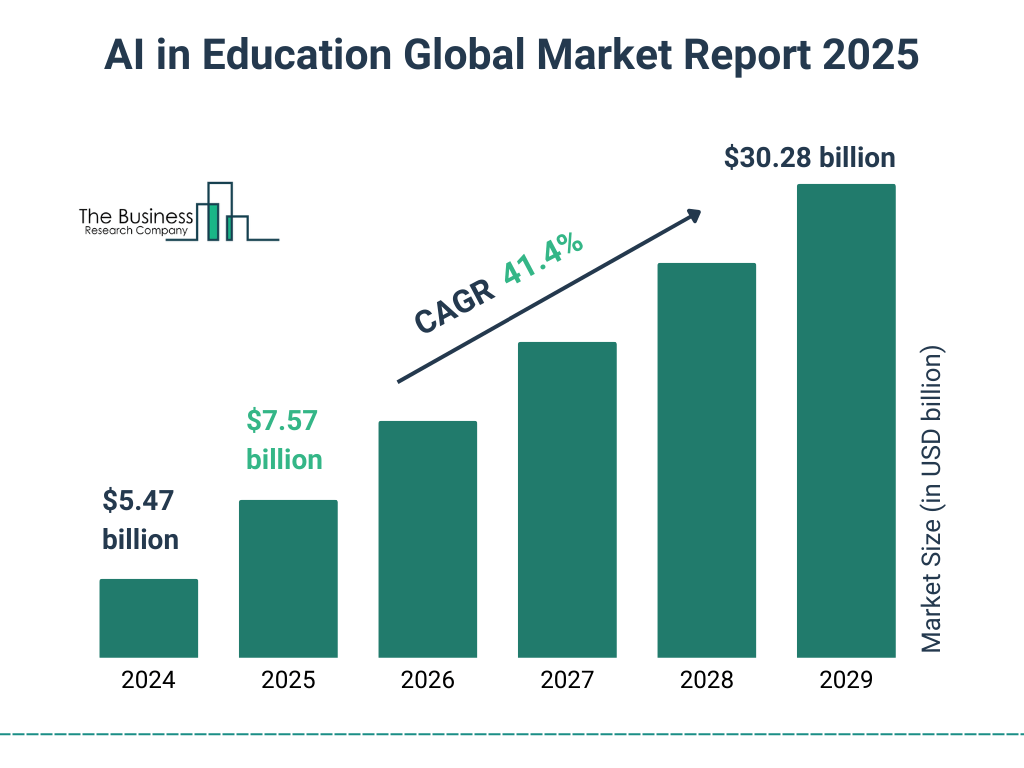
Privacy and Ethical Concerns in AI-Based Education
- As of 2025, 58% of parents express concern over student data privacy in AI-based tools.
- GDPR-style AI regulations for educational data were adopted in 23 countries.
- 43% of AI education platforms now include explainability dashboards, improving algorithm transparency.
- A study showed that 27% of educators are unsure how AI platforms make decisions about student recommendations.
- AI bias audits became mandatory for education software vendors in the EU beginning January 2025.
- 87% of EdTech companies updated privacy policies to include clear data consent and deletion protocols.
- Digital ethics modules are included in teacher training across 11 countries.
- Only 12% of districts in the U.S. have a dedicated AI ethics officer, pointing to a growing policy gap.
- Reports indicate that 8.5 million student records were involved in AI-related data breaches over the last 18 months.
- New tools offer real-time anonymization of student data, adopted by 61% of EdTech companies in 2025.
AI-Powered Assessment and Grading
- In 2025, 72% of schools globally will utilize AI systems for grading.
- AI tools now auto-grade 48% of all multiple-choice assessments in U.S. public schools.
- Essay-scoring AI platforms are in use at 63% of universities, often paired with human oversight.
- Average grading time for instructors decreased by 37% due to automation in assessment tasks.
- Bias detection algorithms in grading systems have reduced disparity in essay scores by 19% among diverse student groups.
- 36% of institutions employ AI to create adaptive assessments based on real-time performance.
- In large-scale MOOCs, AI-based grading tools handled over 27 million submissions during Q1 of 2025.
- AI feedback generators helped students iterate essays up to 3x faster compared to manual review processes.
- Teachers report a 41% reduction in administrative workload linked to exam management using AI tools.
- Automated grading systems flagged 12.7% of assignments for potential plagiarism, triggering early educator reviews.
AI Usage Among College Students for Assignments or Exams
- 55.4% of college students have used AI to assist with their assignments or exams.
- 40.6% of students reported they have not used AI in academic work.
- 4% of respondents preferred not to answer, indicating possible sensitivity around the topic.
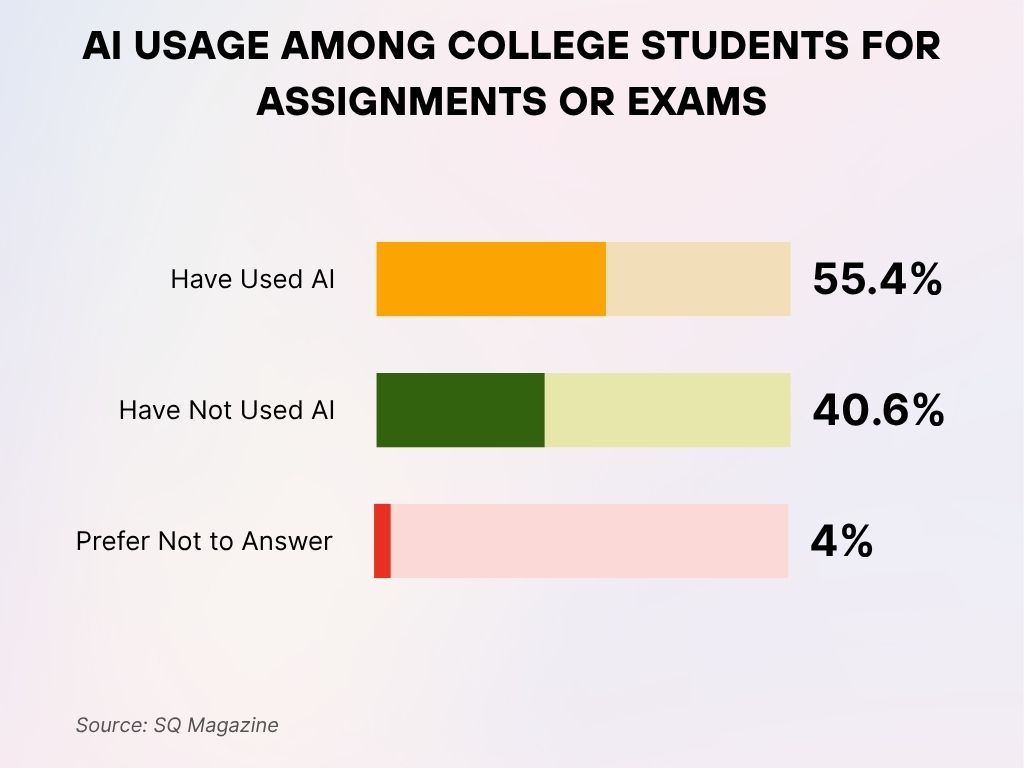
AI Language Learning Tools and Their Effectiveness
- As of 2025, AI-powered language learning apps serve over 360 million users.
- Speech recognition accuracy in language learning apps has improved to 94%, aiding pronunciation correction.
- Learners using AI for language practice demonstrated a 22% higher retention rate over three months.
- In dual-language classrooms, AI translators reduce lesson prep time by 31% for teachers.
- Personalized vocabulary engines now power 61% of top-rated language apps worldwide.
- Real-time voice-interactive AI bots saw usage rise by 47% among learners aged 13–25.
- A European pilot showed that AI language learners completed levels 34% faster than those using static resources.
- In ESL programs, AI tools improved test outcomes by an average of 16%, according to mid-year 2025 reviews.
- Sentiment-adaptive tutoring bots increased learner engagement scores by 29% in user feedback surveys.
- Public libraries in 12 U.S. states now offer free AI language platforms as part of adult education programs.
Challenges Faced in AI Implementation in Schools
- 43% of school districts cite inadequate training as the biggest hurdle to AI adoption.
- Connectivity issues remain a barrier in 28% of rural U.S. schools attempting to deploy cloud-based AI.
- A survey found that 32% of teachers feel current AI tools are too rigid for diverse learning environments.
- Only 24% of educational AI vendors offer multi-language support across U.S. states.
- Interoperability challenges between legacy systems and AI platforms were reported by 49% of institutions.
- Cost is a constraint, with 37% of public schools citing AI licensing fees as a deterrent.
- Teacher unions in 4 U.S. states raised concerns over unclear policies around AI-based monitoring of classroom engagement.
- Data overload from AI analytics is a problem for 22% of administrators who lack dashboard literacy.
- Outdated curriculum frameworks often don’t align with AI tools, slowing full integration in K–8 schools.
- 12% of AI tools used in schools had no internal bias mitigation protocols, raising equity concerns.
Teachers’ Perspectives on AI in Education
- 51% of teachers believe AI will have a positive impact on the future of education.
- 21% feel AI could have a negative impact on education for teachers.
- 49% have already seen a positive impact on their workload thanks to AI tools.
- 34% reported that AI has not impacted their workload at all.
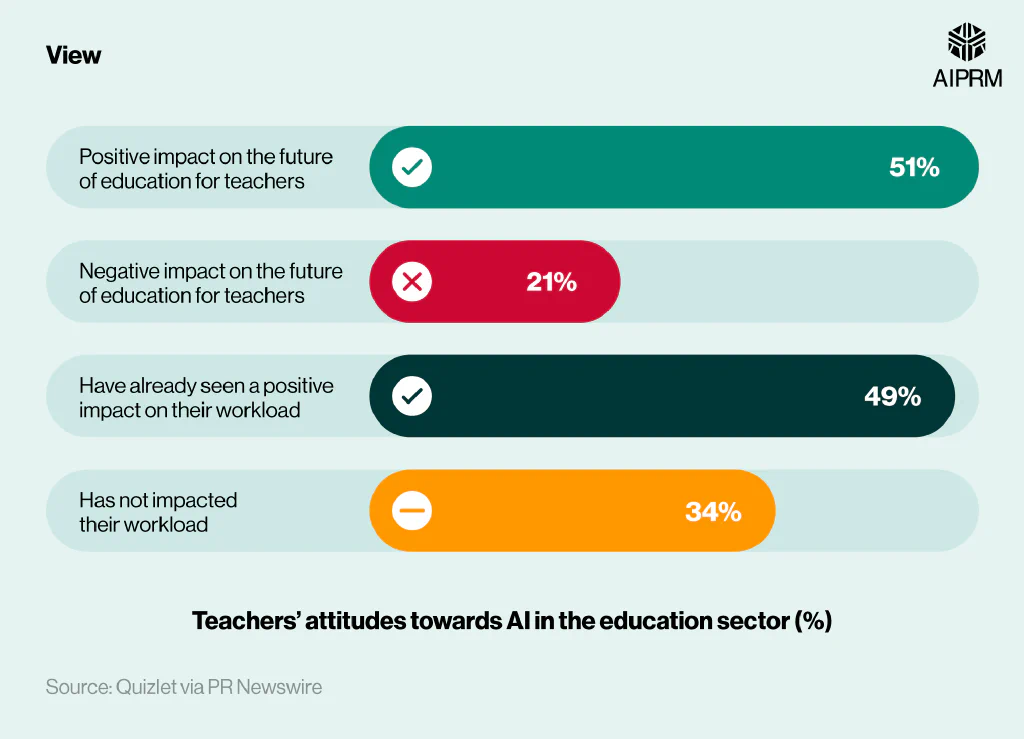
Regional Differences in AI Educational Adoption
- North America leads global adoption with 89% of districts using at least one AI solution as of 2025.
- Asia-Pacific markets grew fastest, with 54% YoY growth, led by India, South Korea, and Vietnam.
- In Europe, Finland and Estonia have full K–12 AI integration, while Germany lags at 41% adoption.
- Sub-Saharan Africa reports only 19% AI penetration, with major efforts concentrated in Kenya and Nigeria.
- In Latin America, Chile and Uruguay show the highest national-level support for AI in public schools.
- The Middle East saw AI usage grow 38%, with Saudi Arabia investing in multilingual AI instruction.
- New Zealand and Singapore topped OECD charts for highest AI literacy among students in 2025.
- Canada standardized AI ethics training in its teacher licensing process across all provinces.
- A regional study showed that students in Southeast Asia using AI tools performed 21% higher in standardized math tests than their peers in non-AI classrooms.
- Urban vs rural divide persists globally, with urban AI adoption rates exceeding rural ones by an average of 34%.
Recent Developments
- OpenAI, Google DeepMind, and Byju’s unveiled AI classroom assistants tailored for blended learning in March 2025.
- UNESCO’s 2025 guidelines on ethical AI in education were adopted by over 40 member states.
- Pearson’s new AI tutor was rolled out to 12 million students globally in partnership with local governments.
- Microsoft launched an AI moderation platform for virtual classrooms, flagging harmful content in real-time with 92% accuracy.
- In South Korea, the Education Ministry released its first AI curriculum roadmap, to be mandatory by 2027.
- Edmodo’s AI relaunch focuses on real-time emotional recognition to tailor student feedback.
- WGU Labs partnered with EdTech startups to integrate AI for competency-based education modules.
- Samsung debuted a wearable AI study companion, used in pilot programs across Asia for real-time performance monitoring.
- Amazon Web Services (AWS) began hosting global EdTech accelerators focused solely on responsible AI deployment.
- A 2025 Gartner report identified AI in education as a “Top 3 transformative force” for the global knowledge economy.
Conclusion
AI’s influence in education has shifted from experimental to essential in 2025. Across grade levels, continents, and socioeconomic strata, it’s not just changing how students learn, it’s expanding who can learn and when. From personalized platforms to bias-aware grading, the technology is reshaping an industry once resistant to rapid change.
Yet, with this transformation comes a call for thoughtful integration, equity safeguards, and continued human oversight. The data makes one thing clear: when AI is responsibly harnessed, it doesn’t replace educators, it empowers them.
Hover or focus to see the definition of the term.

